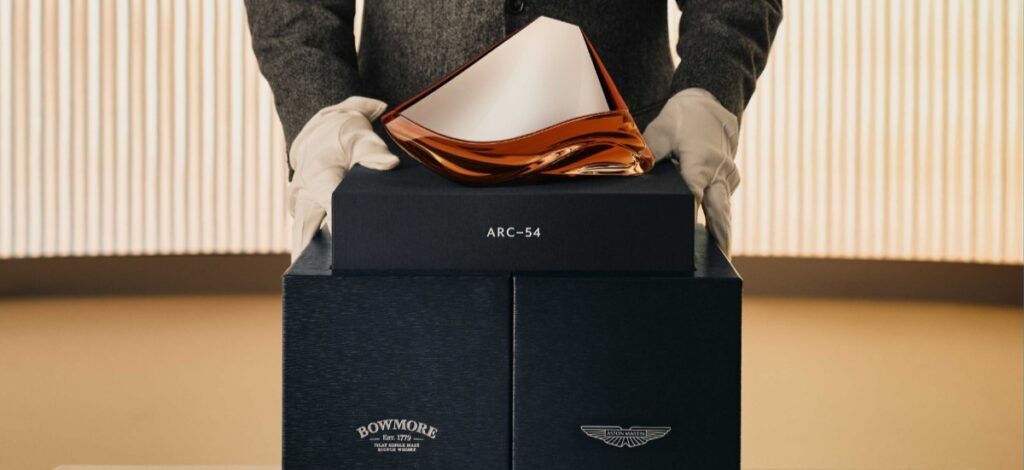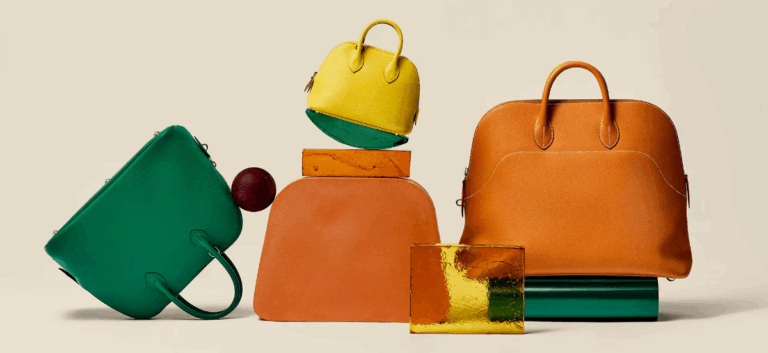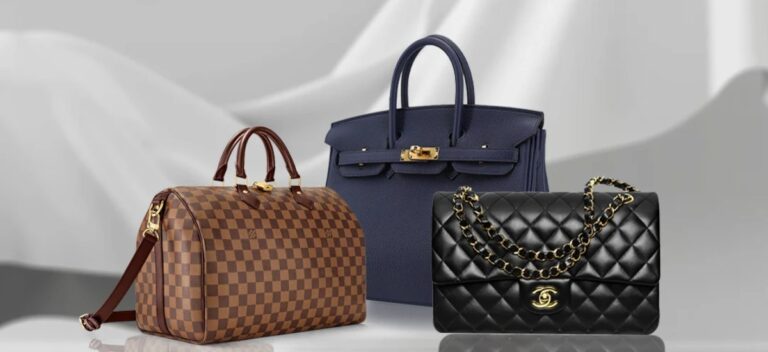In the realm of luxury fashion, Hermès stands as a paragon of timeless elegance, exquisite craftsmanship, and exclusive allure. Founded in 1837 by Thierry Hermès as a harness workshop catering to Europe’s aristocracy, the brand has evolved into a global icon known for some of the most coveted handbags and accessories that embody both style and investment value.
Beyond Birkin: The Hermès Bags Only Insiders Obsess Over
While Kelly and Birkin reign supreme, the Hermès lesser-known collections offer equally compelling investment opportunities and style statements.
Por: Alejandro Carrillo

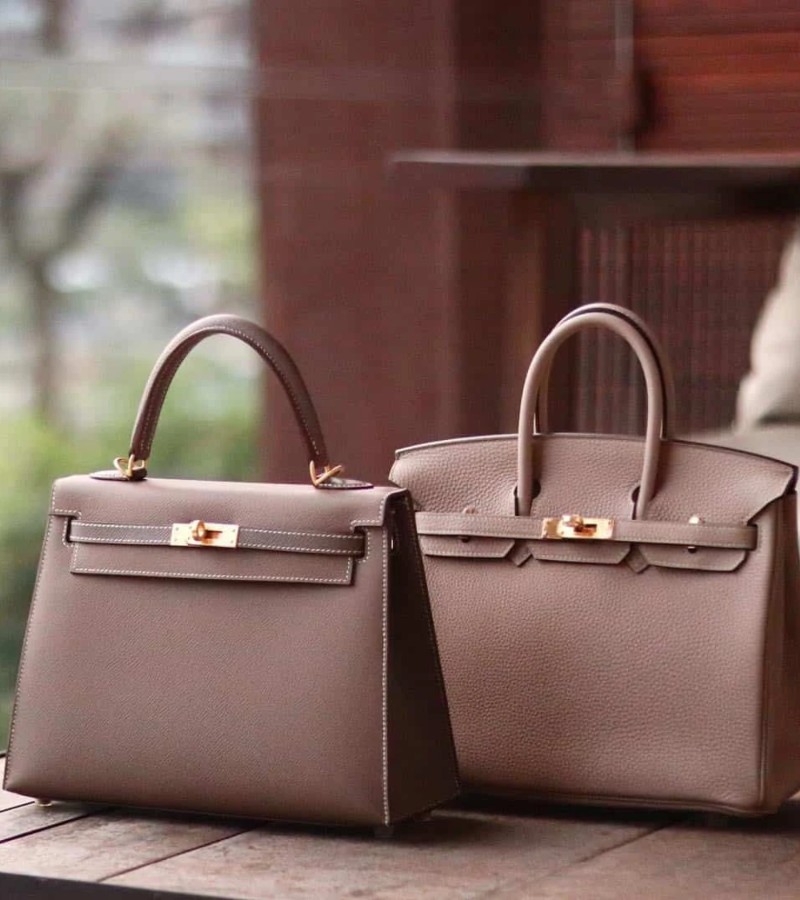
While the Kelly and Birkin bags have undoubtedly become the most recognizable symbols of Hermès, the brand’s rich history and craftsmanship extend far beyond these legendary designs. To truly appreciate Hermès’ influence and appeal, it’s essential to explore its broader collection of exceptional bags, many of which have gained a cult following among connoisseurs and collectors.
Hermès’ Storied Heritage and Its Iconic Bags
Hermès’ journey began with a focus on mastery in leatherwork, producing high-quality saddles, harnesses, and equestrian accessories for European nobility. This rich heritage of craftsmanship laid the foundation for its later success with luxury handbags.
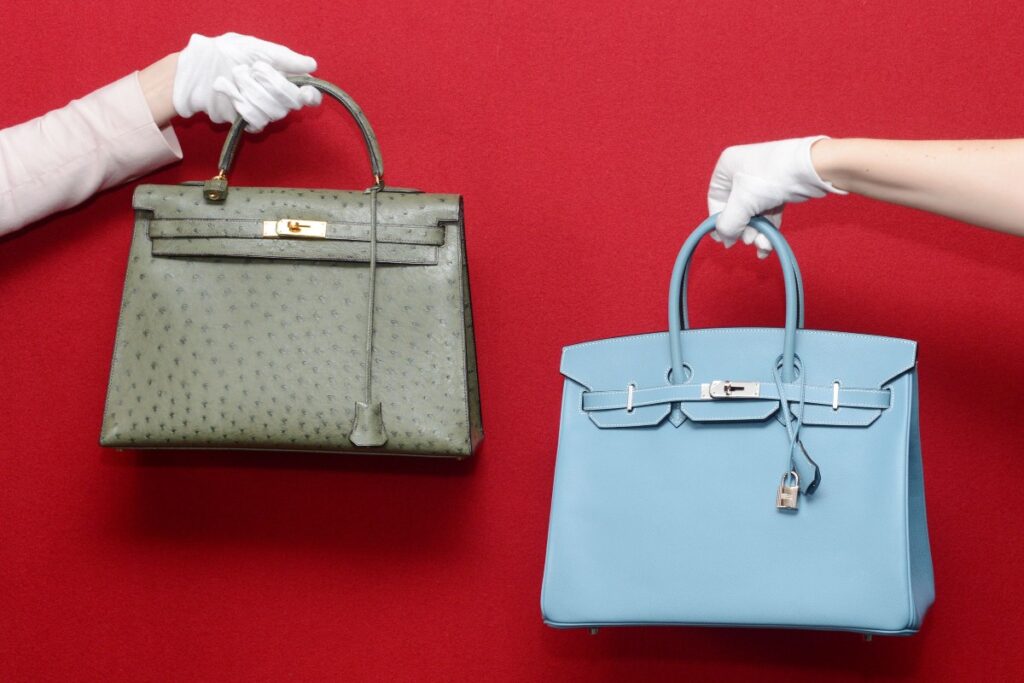
Each Hermès bag is meticulously handcrafted by a single artisan, involving hundreds of precise steps that ensure quality, durability, and a personal touch. For example, the Kelly bag takes approximately 20 hours to produce, with 36 pieces of leather, 680 hand-sewn stitches, and 16 tiny rivets—all sewn and assembled to perfection. This level of craftsmanship has cemented Hermès’ reputation for producing bags that are not only beautiful but built to last for generations.
The Kelly and Birkin: Icons of Style and Investment
The Kelly and Birkin bags are, of course, the crown jewels of Hermès. Named after Princess Grace Kelly, the Kelly bag—originally called the “Sac à Dépêches”—became a symbol of royal elegance after the princess famously carried one to shield her pregnancy in the 1950s. It has since evolved into an icon of refined sophistication, available in eight sizes and countless materials and colors, offering over 200 variations for collectors to choose from.
The Birkin, introduced in 1984 through a collaboration with actress Jane Birkin, strikes a perfect balance between functionality and luxury. This spacious, structured tote has become the ultimate status symbol, often associated with wealth and exclusivity. Its limited availability, long waiting lists, and high resale value have turned it into a long-term investment, with prices often appreciating over time.
Beyond Kelly and Birkin: The Hidden Gems of Hermès
While Kelly and Birkin dominate headlines, Hermès also boasts a portfolio of lesser-known but equally exquisite bags that are treasured by enthusiasts.
The Hermès Bolide, a structured and sophisticated travel bag, is renowned for its impeccable craftsmanship and elegant silhouette.
The Hermès Constance, a sleek, top-handle bag with a distinctive H-shaped closure, combines versatility with exclusivity and is highly sought after in the resale market.
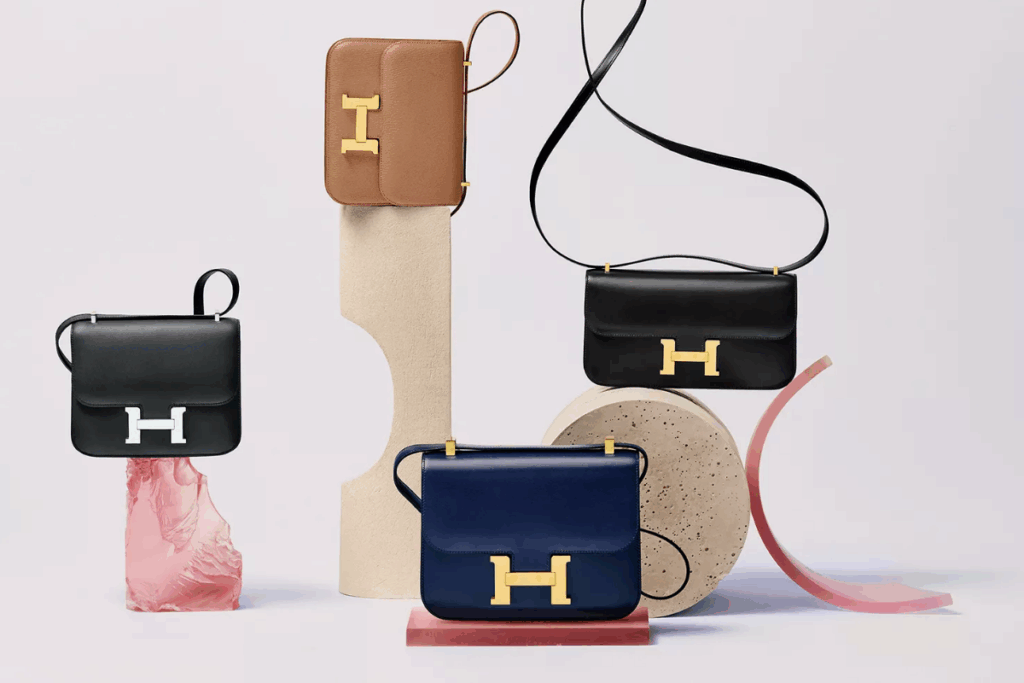
Meanwhile, the Jypsière, a more casual yet luxurious buckle-closure bag, appeals to those seeking an everyday luxury piece with a bohemian flair.
These lesser-known Hermès handbags are often produced in limited quantities, which heightens their desirability. Their rarity, coupled with the same level of meticulous craftsmanship, transforms them into true collector’s treasures.
Many of these bags have experienced significant appreciation in value, making them smart investments in addition to being fashion-forward statements.
The Power of Scarcity and the Investment Value of Hermès
Hermès’ approach to maintaining scarcity is a cornerstone of its allure. The brand carefully controls distribution, often involving selective boutiques and waiting lists. This strategy ensures that owning a Hermès bag remains a symbol of exclusivity, helping sustain its high demand and value. Unlike fast fashion brands that flood the market, Hermès remains committed to preserving its heritage and the brand’s exceptional quality.
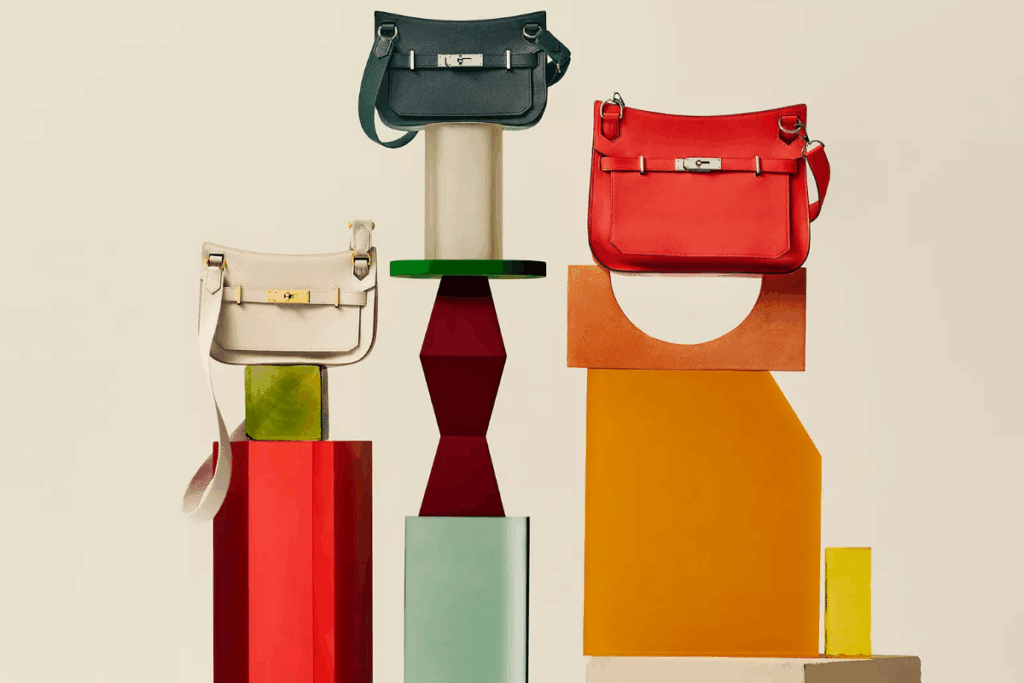
Not only are Hermès bags symbols of luxury, but they also serve as prudent investments. Over time, certain models, especially limited editions and rare colors, have appreciated significantly. Auction houses frequently list Hermès bags alongside fine art and jewelry, recognizing their status as cultural artifacts that embody craftsmanship, tradition, and exclusivity. The resale market continues to flourish, with rare Hermès pieces fetching prices well above retail.
Key information
- What makes Hermès bags like the Birkin and Kelly so exclusive? They are handmade by a single artisan, produced in limited quantities, and not readily available in stores.
- Why is the Hermès Kelly bag considered iconic? It gained fame when Princess Grace Kelly used it in 1956, becoming a symbol of elegance and royalty.
- How does Hermès maintain high demand for its products? By controlling availability and limiting access, creating scarcity and increasing desirability.
- Why are Hermès bags considered long-term investments? Their value often increases over time, especially rare editions, making them popular in the resale and auction markets.


